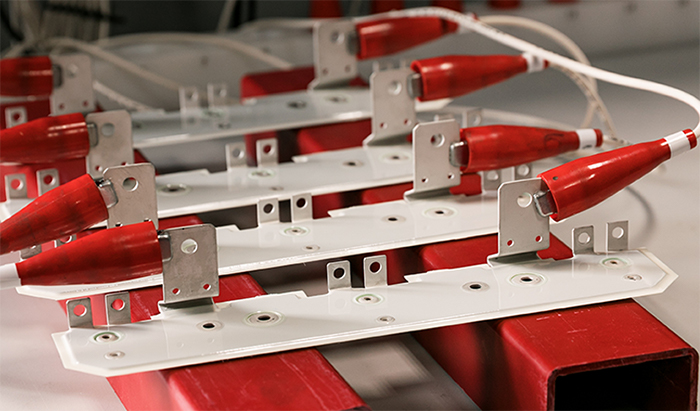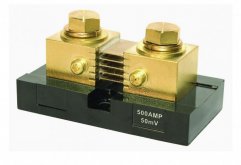I need to find the right size bus bar for my system.
I will have two strings of solar, one string of three panels 300 W at 24 V. Another string of four panels 320 W at 24V connected to a combiner box lead to a Victron 150/85 charge controller.
I will have four 150w panels =600 W wired at 24 V in series/parallel. This will be hooked up to a Renogy 60 amp charge controller.
I will want to add more panels in the future. Possibly another 1.5 kW. Will need a third charge controller most likely.
The inverter charger will be a Victron Multiplus 24/3000/70-50 120V
This will be my first time connecting all this together and will need to size the bus bar properly. Can anybody recommend A brand and size for this system?
Also does it matter what size shunts you have? Thanks Jon
I will have two strings of solar, one string of three panels 300 W at 24 V. Another string of four panels 320 W at 24V connected to a combiner box lead to a Victron 150/85 charge controller.
I will have four 150w panels =600 W wired at 24 V in series/parallel. This will be hooked up to a Renogy 60 amp charge controller.
I will want to add more panels in the future. Possibly another 1.5 kW. Will need a third charge controller most likely.
The inverter charger will be a Victron Multiplus 24/3000/70-50 120V
This will be my first time connecting all this together and will need to size the bus bar properly. Can anybody recommend A brand and size for this system?
Also does it matter what size shunts you have? Thanks Jon





